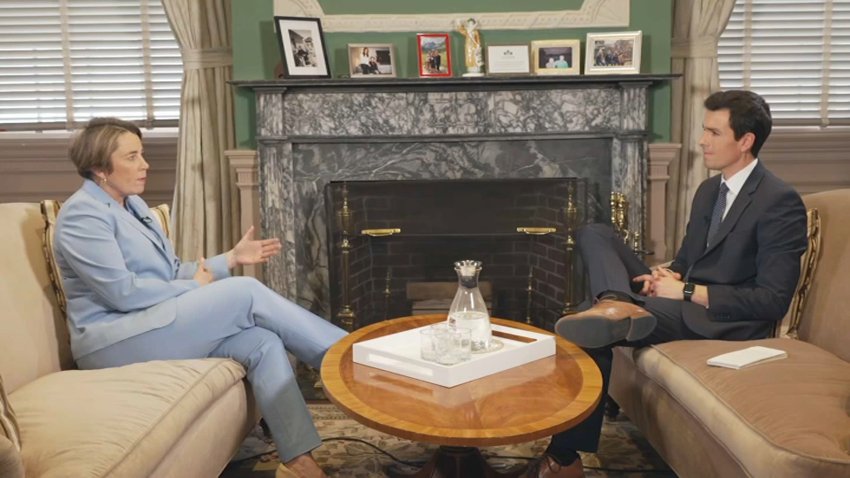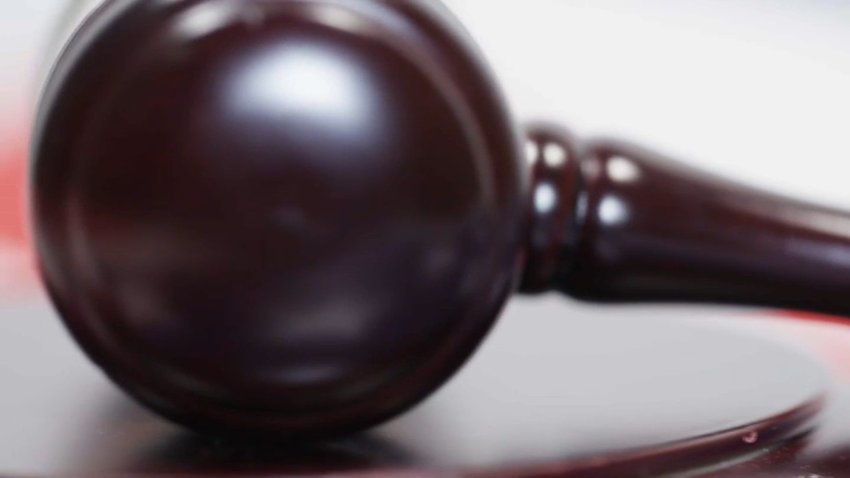

The Latest
-

Everything to know about Spring Prime Day, plus the best early deals to shop
Promoted By NBC Select Deals -

‘One if by land, two if by sea': Concord commemorates Paul Revere's midnight ride
April marks 250 years since the battles of Lexington and Concord, and leading up to that anniversary, those communities are finding unique ways to commemorate these events. History is coming alive in Concord, 250 years after Paul Revere’s midnight ride. Concord-based community arts organization “Art for All” teamed up with sign ma... -

2nd round of hearings for alleged buyers in Cambridge brothel bust starts Friday
The hearings are being held for the alleged clients of a high-end brothel network operated out of Cambridge, Watertown and Washington, D.C.
-

Boston School Committee approves controversial plan to close, merge schools
A controversial plan to close and merge several Boston public schools will go into effect in the 2026-2027 school year after the city’s school committee approved the proposal Thursday. That means hundreds of students will be relocated. Thursday night, the Boston School Committee voted 5-1 to merge two schools and close four others – including... -

Federal officials call for safety evaluations of New England bridges
The NTSB identified the Tobin, Sagamore and Bourne bridges as needing vulnerability assessments after the Key Bridge collapse in Baltimore, Md. last year.
-

‘Applying a wrecking ball': Mass. teachers, leaders react to Trump's order on education
Republicans have praised President Donald Trump’s executive order calling for the Department of Education to be shut down, but Massachusetts elected officials and teachers are expressing concern
-

‘Ghosted': Boston homeowners fume over contractor's unfinished ADU projects
Homeowners who hired Derek Thomas to construct accessory dwelling units say the work was left unfinished.
-

‘It's a huge problem': Man says he was shot at while driving Tesla in Lowell
The man says he is trying to get rid of his Tesla after it was hit by gunfire while he was driving on Jackson Street in Lowell, Massachusetts
-

Health commissioner urges vigilance amidst measles outbreaks
Massachusetts public health officials are urging care providers to remain vigilant for potential measles cases as outbreaks worsen in Texas and New Mexico.
-

Man arrested after Boston crowd interferes with police making arrest, DA says
A man has been charged after state and local police were surrounded while trying to make an arrest in Boston last month, prosecutors said Thursday.
-

How William Chisholm plans to celebrate Celtics' purchase
William Chisholm is set to become the new majority owner of the Boston Celtics. Here’s how he plans to celebrate the occasion.
-

Wyc Grousbeck reveals message to Tatum, Brown about team's sale
Former Boston Celtics majority owner Wyc Grousbeck told NBC Sports Boston the message he shared key players and coaches about the team’s sale.
-

Healey says Trump's Education Department order is ‘a dumb idea'
Gov. Maura Healey sat down with NBC10 Boston to discuss how recent federal action may affect Massachusetts and how the Bay State intends to respond
-

Man pleads guilty in pipe bomb attack on Satanic Temple in Salem
Sean Patrick Palmer of Perkins, Oklahoma, was arrested last year after a pipe bomb was thrown onto the porch of the Satanic Temple in Salem, Massachusetts
-

As ICE arrests spark fear among immigrants, advocate uses speaker to inform of rights
Immigration officials’ operations in Massachusetts communities like Everett and Chelsea have residents on edge









